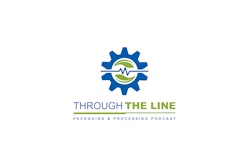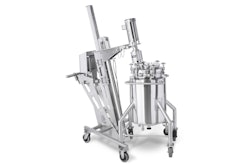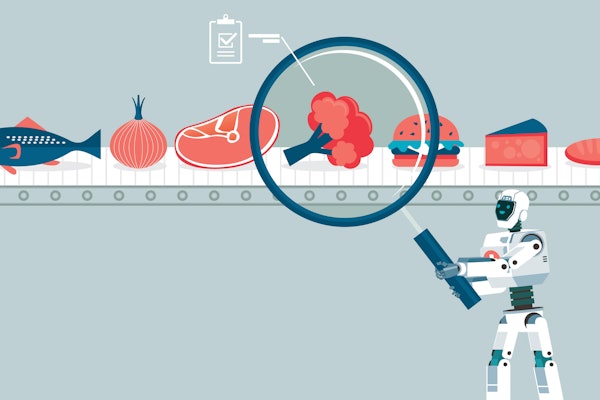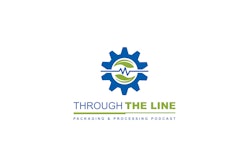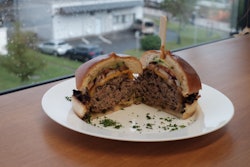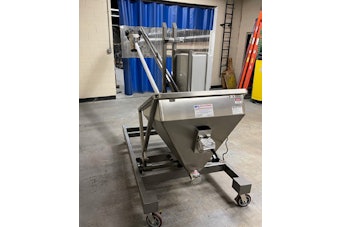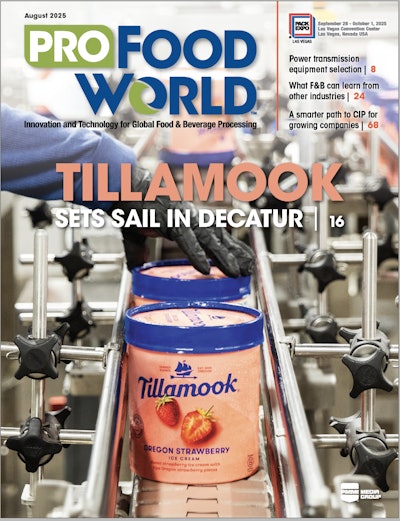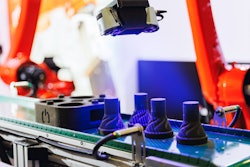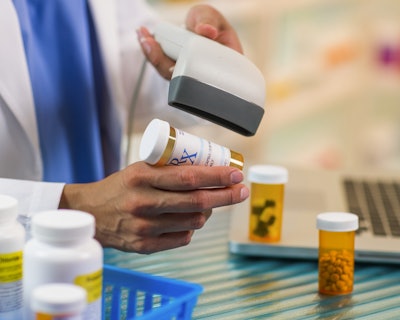
Key takeaways:
· The Barcode Assessment revealed that while most manufacturers are now labeling medical devices with barcodes containing the mandated Unique Device Identifier (UDI), healthcare providers aren’t consistently scanning those barcodes at the point of care.
· Findings revealed 50% of the products or packaged levels that were scanned carried only one barcode, and very few of the barcodes were not scannable.
· The path forward involves not only technological upgrades but also a cultural shift toward embracing the full potential of UDI.
In the intricate world of medical device packaging, a seemingly straightforward task—scanning barcodes—has become a focal point of concern that is clarified by a Barcode Assessment led by GS1 US, the neutral not-for-profit information standards organization best known as the administrator of Universal Product Code (UPC) barcodes.
GS1 Standards, which are recognized by the FDA as one of the accredited issuing agencies for UDI, provide a globally harmonized framework for identifying, capturing, and sharing information about medical devices. These standards ensure that UDI data can be encoded into barcodes and integrated into healthcare systems in a consistent, interoperable way.
The issue stems from the implementation of the FDA’s UDI Rule, which is expected to streamline the identification of medical devices across all packaging levels, improving patient safety through product traceability. Despite the regulations, the adoption and use of these unique identifiers have lagged, particularly at the provider level.
“Our previous investigation and research had shown us that providers self-identified as having the capability to scan 2D data matrix barcodes and linear barcodes, so that wasn't a perceived barrier. They had the ability to scan; it was more of an operational barrier. We wanted to dispel or prove out some of these myths so that we would have a starting point on how to start making progress at the provider scanning level,” explains Beth Wells, GS1 US’ UDI and medical device expert.
To do that GS1 US embarked on its Barcode Assessment, in collaboration with a large self-distributed hospital network, and the results point to a clear gap: while most manufacturers are now labeling medical devices with barcodes containing the mandated Unique Device Identifier (UDI), healthcare providers aren’t consistently scanning those barcodes at the point of care. The assessment aimed to uncover the reasons why.
"We continually heard things like, ‘the barcodes don't scan, so we can't scan them’. Or ‘the quality isn't good’, or ‘the data encoded in them isn't good’. Or even, ‘there are so many barcodes, we don’t know which one to scan,’" says Wells.
These operational barriers have led many providers to revert to manual entry or no entry at all, especially in high-pressure environments like operating rooms.
The Assessment’s Findings
So, the team embarked on a comprehensive on-site assessment at an integrated delivery network, a system where hospitals manage their own inventory. Over three days, they scanned more than 12,000 barcodes across various environments, including central storerooms, operating rooms, and specialty areas. The findings were able to dispel some of the myths that Wells’ team were examining.
“We found very few instances where the barcodes were not scannable, and 50% of those products or packaged levels that we scanned really did only have one barcode and it was scannable," Wells noted. “An additional 27% could be easily converted to a single, quality barcode.”
Another a-ha moment for the team was when they realized that there could be issues with the scanners themselves. Some older models had more trouble picking up a scan in lower lighting. Wells’ team also discovered through the assessment that many providers were thinking that they couldn't scan or that the scan was failing, but that was because they did not have their scanner programmed correctly to recognize that barcode type.
“It’s important to assess your hardware. Be aware of the different barcodes and have your scanner programmed for these,” says Wells.
Due to the global nature of medical device distribution, often there are (and need to be) several barcodes on a single package to comply with varying international regulations. This practice, while intended to meet diverse regulatory requirements, can lead to confusion at the provider level.
Wells noted, "For large global brand owners who sell their product all over the world, they're trying to serve multiple masters from a regulatory perspective."
In these cases, there are many barcodes and barcode types on the package, which can lead to confusion . Educating clinicians on how to identify the correct barcode for scanning will help overcome this barrier.
The Why of the UDI
Despite the hurdles, the potential benefits of widespread UDI adoption are significant. From operational efficiencies to enhanced patient safety through accurate health records, the implications are far reaching. Yet, as Wells candidly admitted, "There are gaps in knowledge, awareness, and use of a UDI."
Bridging these gaps requires a concerted effort from all stakeholders, including manufacturers, providers, and regulatory bodies.
The path forward involves not only technological upgrades but also a cultural shift toward embracing the full potential of UDI. As Wells elaborates, these findings offer insights for opportunities in the industry for change. At the provider level:
· Barcode basic training
· Address interoperability gaps
· Upgrade or properly program scanners
· Report barcode issues to manufacturers
At the manufacturer levels:
· Consolidate barcodes whenever possible
· Use ISO UDI symbol to call out UDI barcode
· Perform recurring barcode validation and verification
· Provide response mechanism and SLAs for barcode issues reported by providers
While challenges remain from various angles, the solution really involves education and increasing familiarity. “If we can make clinicians as comfortable with the types of barcodes and the information they see on medical devices as they are in their consumer life, then it’s a win," says Wells. The goal, says Wells, is to make the process as intuitive as scanning a QR code at a restaurant.


